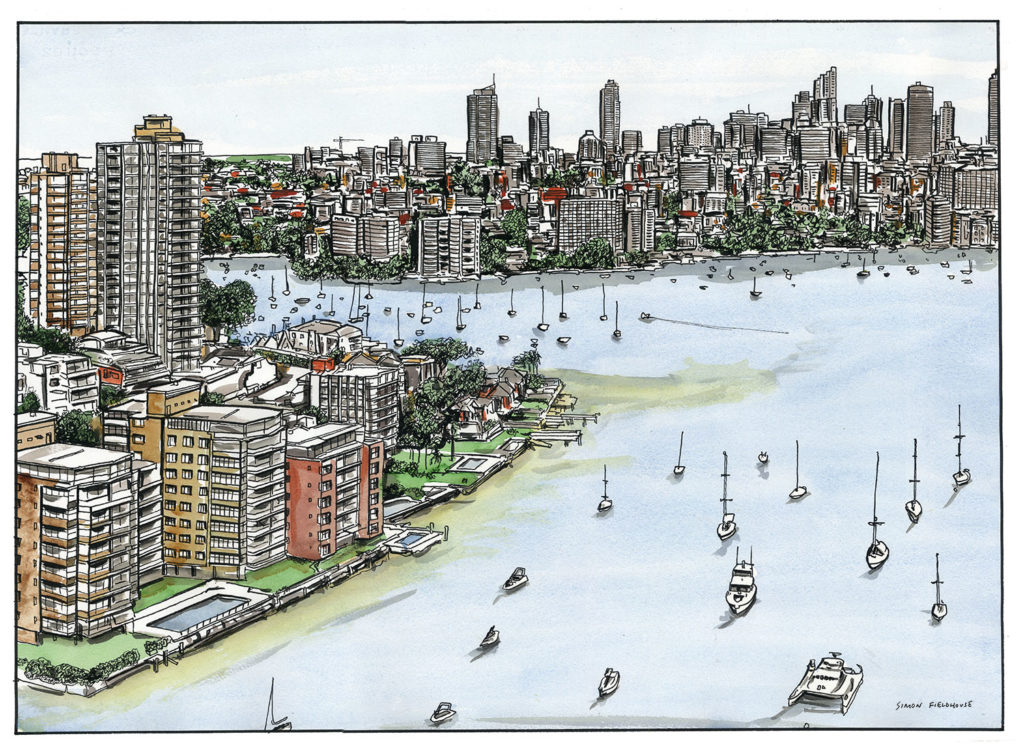
Darling Point Elizabeth Bay Aerial View
Elizabeth Bay and Darling Point, located in New South Wales, Australia, hold a rich historical and cultural significance that stretches back centuries. These areas, situated on the shores of Sydney Harbour, have played a pivotal role in the development of the city and its cultural heritage.
Historically, Elizabeth Bay and Darling Point have been home to some of Sydney's most affluent residents, dating back to the early colonial period. The area was initially inhabited by the indigenous Gadigal people, who enjoyed the bountiful resources of the harbor. However, it was the arrival of British settlers in the late 18th century that began the transformation of these areas. Darling Point, in particular, was named after Governor Ralph Darling, who governed New South Wales in the 1820s.
In the 19th century, Elizabeth Bay and Darling Point became fashionable suburbs for Sydney's elite. Stately mansions and grand estates were built, showcasing the wealth and opulence of the time. One notable example is Elizabeth Bay House, a stunning Regency-style mansion built by Alexander Macleay, the Colonial Secretary of New South Wales. The house is now a museum, offering a glimpse into the lavish lifestyle of the 19th-century elite.
Culturally, these areas have also left a lasting mark on Sydney. The architecture of Darling Point, characterized by its grand Victorian and Federation-style homes, reflects the city's heritage. The beautiful streets, tree-lined boulevards, and panoramic views of the harbor have made Elizabeth Bay and Darling Point sought-after locations for residents and tourists alike.
Furthermore, these suburbs have inspired various artists, writers, and creatives throughout history. The picturesque waterfronts and stunning vistas have been the subject of countless paintings, novels, and poems, contributing to the cultural identity of Sydney.
Today, Elizabeth Bay and Darling Point continue to be vibrant, cultural hubs within the city. The heritage-listed buildings and lush parks stand as a testament to their historical significance, while the thriving community and artistic presence ensure their continued cultural relevance. These areas are not only a window into Sydney's past but also a testament to its enduring spirit and creativity, making them integral to the city's identity.